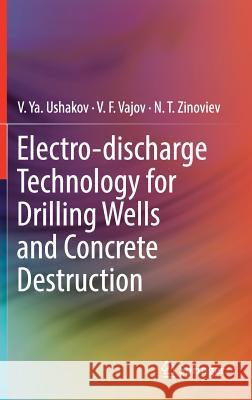Electro-Discharge Technology for Drilling Wells and Concrete Destruction » książka
topmenu
Electro-Discharge Technology for Drilling Wells and Concrete Destruction
ISBN-13: 9783030045906 / Angielski / Twarda / 2018 / 261 str.
Electro-Discharge Technology for Drilling Wells and Concrete Destruction
ISBN-13: 9783030045906 / Angielski / Twarda / 2018 / 261 str.
cena 402,53
(netto: 383,36 VAT: 5%)
Najniższa cena z 30 dni: 385,52
(netto: 383,36 VAT: 5%)
Najniższa cena z 30 dni: 385,52
Termin realizacji zamówienia:
ok. 22 dni roboczych
Bez gwarancji dostawy przed świętami
ok. 22 dni roboczych
Bez gwarancji dostawy przed świętami
Darmowa dostawa!
Kategorie:
Kategorie BISAC:
Wydawca:
Springer
Język:
Angielski
ISBN-13:
9783030045906
Rok wydania:
2018
Wydanie:
2019
Ilość stron:
261
Waga:
0.59 kg
Wymiary:
23.5 x 15.5
Oprawa:
Twarda
Wolumenów:
01
Dodatkowe informacje:
Wydanie ilustrowane











